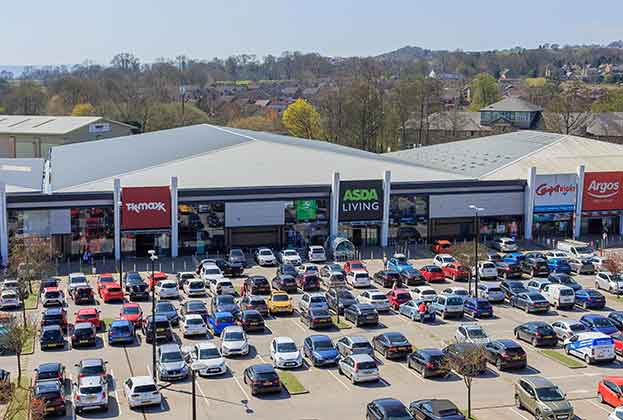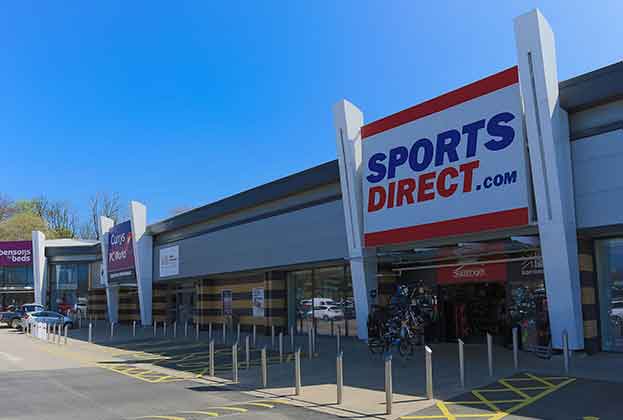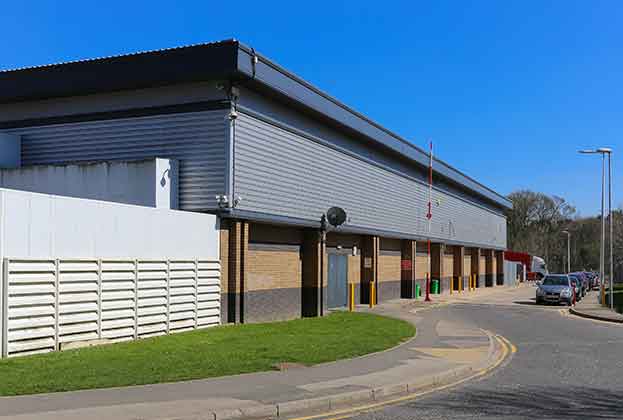Out-of-town store openings remain robust as value-orientated operators look to take advantage of falling rents
The retail warehouse market is in the midst of a structural change with regard to rents. Many of the 25- and 15-year leases signed up to the millennium are reaching maturity and going forward retailers are requiring more flexibility in their lease terms. We have already begun to see this evolution in retail manifest with the move towards shorter lease lengths in the market. However, what the flurry of CVA’s and administrations in the last 18 months or so has taught us is perhaps a more innovative approach to valuing a store is worthy of investigation, one which benefits both operators and their landlord. A performance related rent might be one such example, whether turnover based or linked to brand exposure in a given catchment. In the meantime alongside shorter leases we are seeing headline rents fall across the UK retail warehousing market, particularly on the sectors largest units; how much further such rents will fall is yet to be seen.
Schemes Savills have been involved with have seen a 17.8% decrease in rents since 2016, from an average of £28 psf to £23 psf at present
Savills Research
The decline in rental values however has not been indicative of a market struggling to get deals over the line. The chart below highlights an above average number of store openings over the last four years. 2019 looks on course to follow that trend with 736 new openings to date, with less than 100 openings required to meet the average of the last eight years. It is yet to be seen whether 2019 store openings will reach the heights of the previous two years, c.250 lettings are still needed to reach that level.
However what is clear is a number of retail operators, especially the discounters and value-oriented brands, are seizing the opportunity to acquire space at a more favourable rent. The tables below highlight how eight of the top ten brands that have taken new space are value based retailers when ranked by number of units, six out of ten when ranked by overall floorspace.
This trend goes beyond just the most acquisitive brands. When we look at the UK market as a whole value-orientated retailers now account for a greater proportion of new openings than mass market brands, albeit by the smallest of margins; value brands have accounted for just under half of all new units so far in 2019 (see below).
Whatever the answer to the Brexit question, 2020 will undoubtedly continue in the same vein as 2019 and prove to be a challenging year for many retailers, and this will continue to have an affect on occupational demand. However should consumers prove to be more cautious in their spending habits it is likely to be the value end of the spectrum that will benefit most, suggesting the strong growth in demand from value retailers will likely continue.
On a sectoral basis comparison, grocery and leisure retailing are at the forefront of out-of-town openings (see below).
This is unsurprising when you consider B&M, Home Bargains and The Range from a comparison point of view and Aldi, Lidl and Iceland from the grocery perspective, are leading the charge of store openings both in terms of place and space. Analysing out of town openings by sq ft provides further interesting insight. Aldi, Lidl, B&M, Iceland, Home Bargains, M&S, Smyths Toys and The Gym are all taking small to medium sized units that are on average between 10,000 and 20,000 sq ft. As a result the last three years have seen total additional floorspace in the UK broadly in line with the average for the last eight years at 10.4m sq ft (see below), significantly less than the space being taken in the pre-recession big box era of the late nineties and early two-thousands.
Those retailers that are expanding their portfolio’s or renegotiating existing leases will continue to have the balance of power in most negotiations as the market continues to see structural rental change. Coupled with the fact much of UK retail warehousing is still over-rented we are likely to continue to see a fall in rental income in the short-term, as well as a downward pressure at the very least, on what is already a gentle growth forecast in the longer-term. Over the next five years Real Estate Forecasting estimate retail park rental growth of 0.5% per annum, with most of that growth towards the end of that period, with falling rents over the next two years. Nevertheless vacancy remains comparatively low compared to other sectors at 4.9%, marginally higher than this time last year at 4.7% but lower than it was in H2 at 5.0%, on a sq ft basis. This will help reduce the rental encumbrance, but certainly not eliminate it altogether.
Read the articles within Spotlight: UK Retail Warehousing below.
.jpg)


